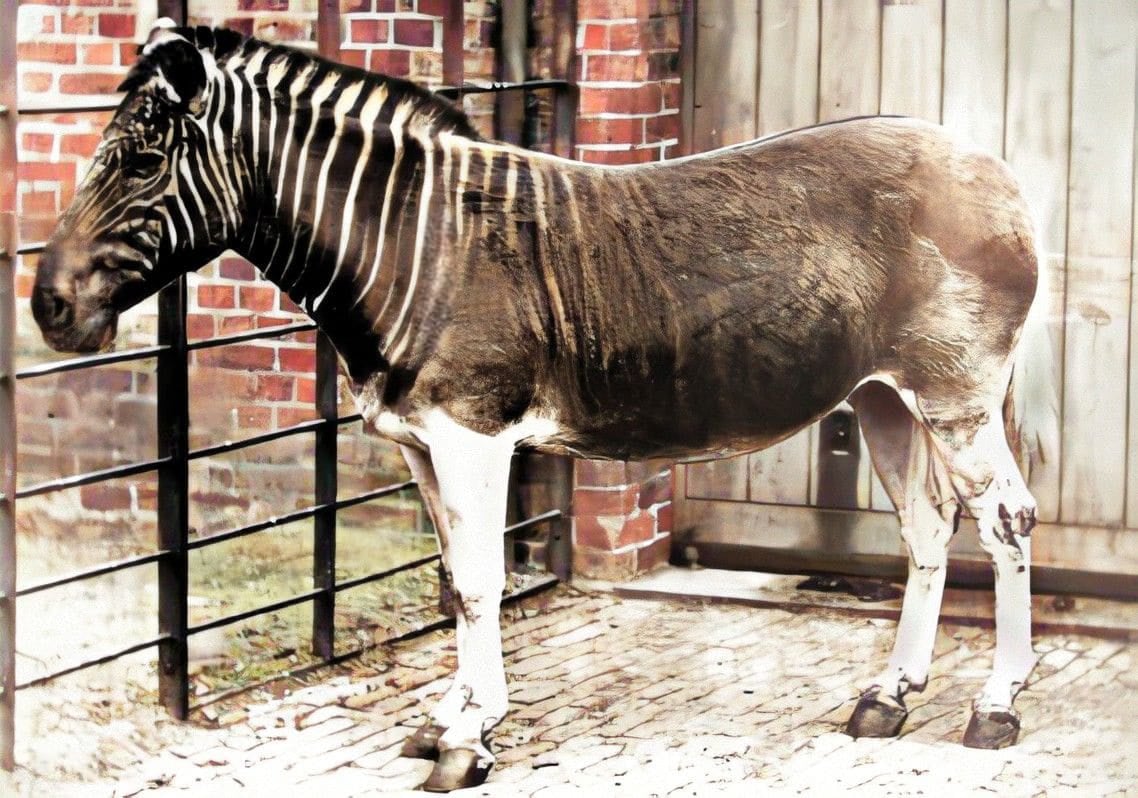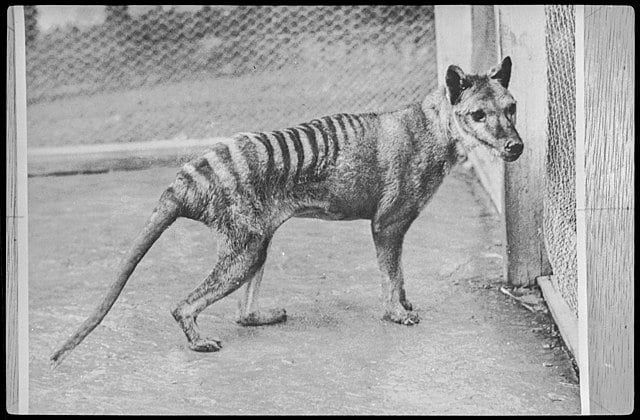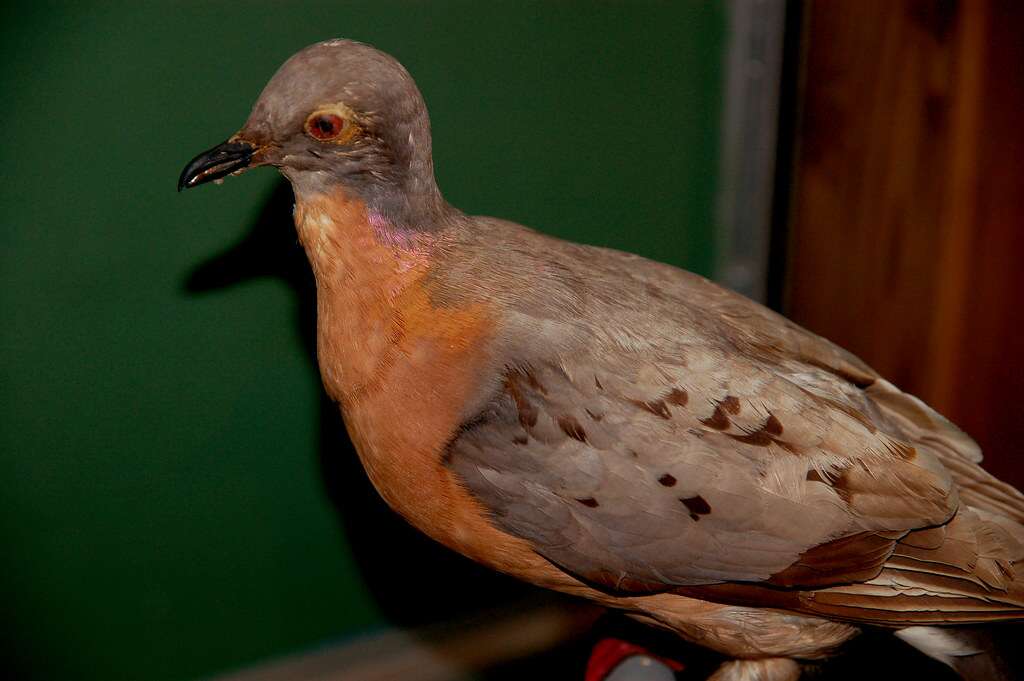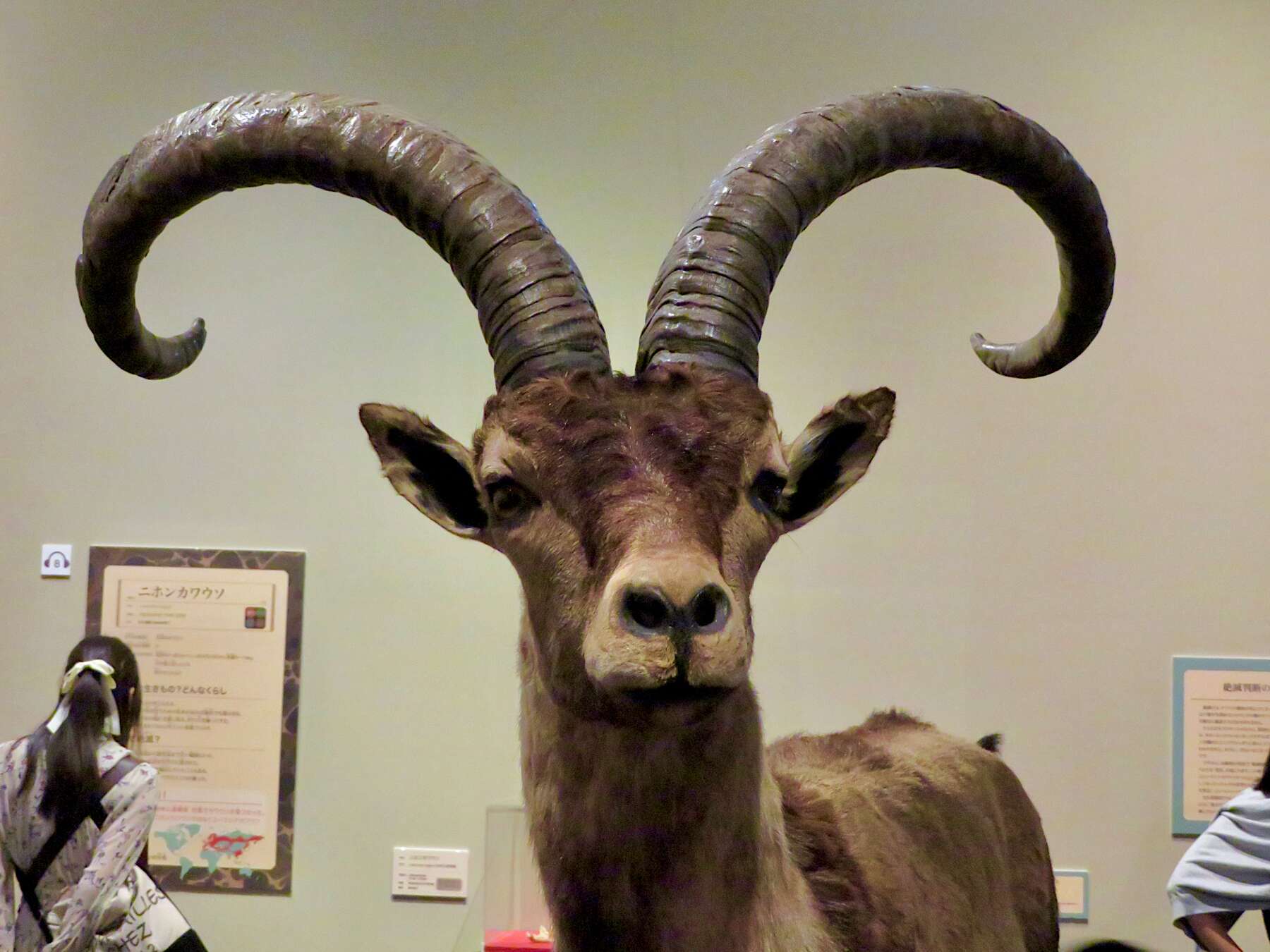For millions of years, species have disappeared from Earth, leaving behind only fossils and fragments of their existence. But now, advances in science are pushing the boundaries of what’s possible. Researchers are working on extinct animals to bring them back to life, offering a glimpse into a future where these species might roam the planet once again.
Woolly Mammoth
The woolly mammoth, a symbol of the Ice Age, disappeared around 4,000 years ago. Scientists are using DNA from frozen mammoth remains to combine with the genetic material of Asian elephants, their closest living relatives.
The goal is to create a hybrid with mammoth traits like thick fur and cold resistance. While this may not bring back a pure mammoth, the result could be an animal capable of thriving in Arctic conditions.
Interesting discoveries, like liquid blood found in a mammoth carcass in Siberia in 2014, have fueled hopes for cloning efforts. Scientists estimate the first mammoth hybrid could appear within the next decade.
Quagga

The quagga, a subspecies of the plains zebra, vanished in the late 1800s. Known for its unique pattern—striped in the front and solid brown in the back—the quagga is being revived through selective breeding.
The Quagga Project in South Africa selects zebras with quagga-like traits and breeds them over generations to recreate the extinct animal’s appearance.
Genetic studies confirmed the quagga is not a separate species but a subspecies of the zebra, making its revival through breeding a practical approach. Early results already show zebras with reduced striping that resemble their extinct relatives.
Tasmanian Tiger

The Tasmanian tiger, also known as the thylacine, was declared extinct in 1936. This carnivorous marsupial from Australia and Tasmania has become a key focus of de-extinction efforts.
Scientists have reconstructed 99.9% of its genome using DNA from preserved specimens. Their plan is to implant the reconstructed DNA into a surrogate marsupial, like the Tasmanian devil, to produce young thylacines.
If successful, researchers hope to see the first joeys within the next decade. Reviving the Tasmanian tiger could also help restore balance to ecosystems disrupted by its loss.
Passenger Pigeon

The passenger pigeon, once one of the most common birds in North America, was driven to extinction by overhunting and habitat destruction. The last known bird, named Martha, died in 1914. Using genome editing, scientists are modifying the DNA of its closest living relative, the band-tailed pigeon, to recreate birds with passenger pigeon traits.
Researchers believe the revival of this bird could help restore forests that once relied on its massive flocks for seed dispersal.
Pyrenean Ibex

The Pyrenean ibex, native to Europe’s Pyrenees Mountains, was declared extinct in 2000. In 2003, scientists briefly brought it back through cloning, making it the first extinct animal to return. However, the cloned ibex died shortly after birth due to lung defects. Researchers are refining cloning techniques to make future attempts more successful.
While these projects spark hope, they also raise questions. How will revived species fit into today’s ecosystems? Can these efforts succeed on a larger scale? As scientists work to bring back these animals, they tread a fine line between progress and responsibility.
This post was originally published on here







